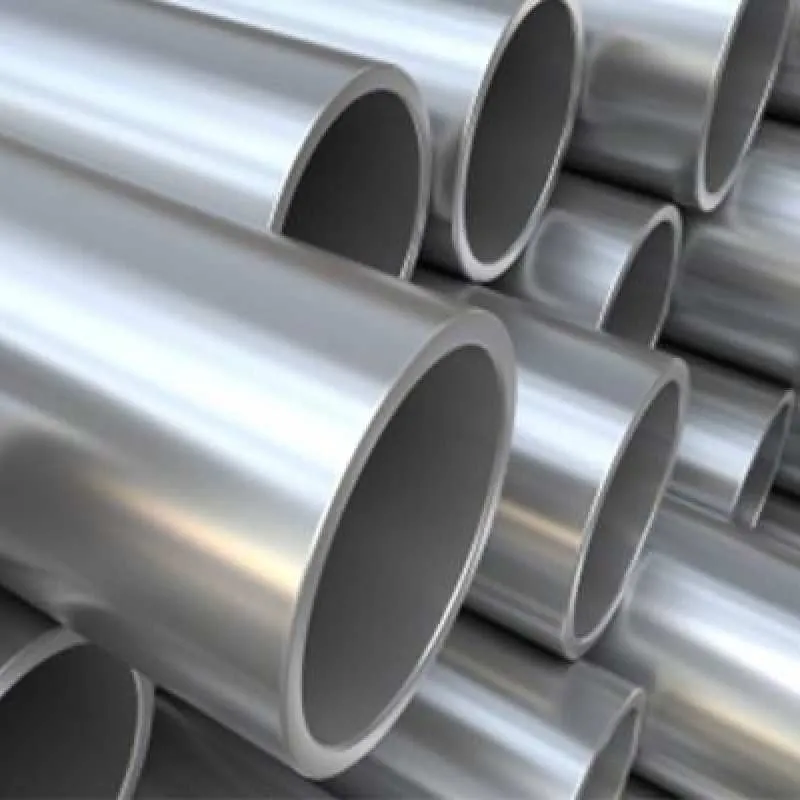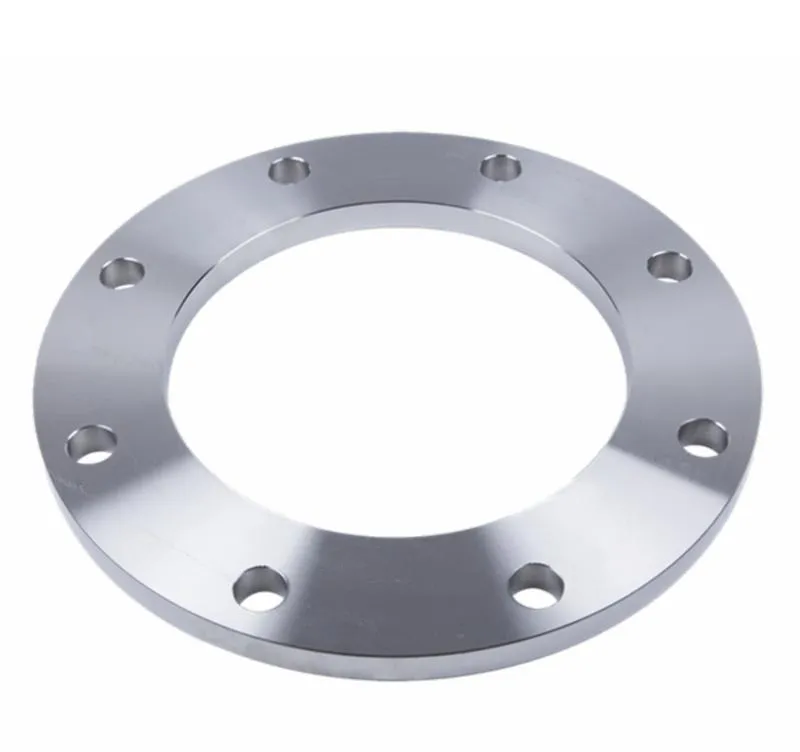-
Cangzhou Yulong Steel Co., Ltd.
-
Phone:
+86 13303177267 -
Email:
admin@ylsteelfittings.com
- English
- Arabic
- Italian
- Spanish
- Portuguese
- German
- kazakh
- Persian
- Greek
- French
- Russian
- Polish
- Thai
- Indonesian
- Vietnamese
- Zulu
- Korean
- Uzbek
- Hindi
- Serbian
- Malay
- Ukrainian
- Gujarati
- Haitian Creole
- hausa
- hawaiian
- Hebrew
- Miao
- Hungarian
- Icelandic
- igbo
- irish
- Japanese
- Javanese
- Kannada
- Khmer
- Rwandese
- Afrikaans
- Albanian
- Amharic
- Armenian
- Azerbaijani
- Basque
- Belarusian
- Bengali
- Bosnian
- Bulgarian
- Catalan
- Cebuano
- China
- China (Taiwan)
- Corsican
- Croatian
- Czech
- Danish
- Esperanto
- Estonian
- Finnish
- Frisian
- Galician
- Georgian
- Kurdish
- Kyrgyz
- Lao
- Latin
- Latvian
- Lithuanian
- Luxembourgish
- Macedonian
- Malgashi
- Malayalam
- Maltese
- Maori
- Marathi
- Mongolian
- Myanmar
- Nepali
- Norwegian
- Norwegian
- Occitan
- Pashto
- Dutch
- Punjabi
- Romanian
- Samoan
- Scottish Gaelic
- Sesotho
- Shona
- Sindhi
- Sinhala
- Slovak
- Slovenian
- Somali
- Sundanese
- Swahili
- Swedish
- Tagalog
- Tajik
- Tamil
- Tatar
- Telugu
- Turkish
- Turkmen
- Urdu
- Uighur
- Welsh
- Bantu
- Yiddish
- Yoruba

Feb . 14, 2025 15:36 Back to list
2 inch galvanized pipe for sale
When it comes to sourcing materials for construction or plumbing projects, selecting high-quality components is crucial to ensuring durability and reliability. One such product that stands out in these fields is the 2-inch galvanized pipe, particularly in 20-foot lengths. This article provides an in-depth look at the factors that affect its cost, its applications, and how to achieve the best value from your purchase, underpinned by real-world experience and expertise.
For those in the construction and plumbing industries, understanding how to effectively use 2-inch galvanized pipes is critical. Here are some practical insights - Installation Proper installation is vital to avoid compromising the integrity of the galvanized coating. Avoid using aggressive threading techniques that could expose the steel underneath to corrosion. - Maintenance Regular inspections can help in identifying any potential issues with the pipes before they become serious. Look for signs of rust or wear, particularly at joints and connections, and address them promptly. - Application Versatility Whether for water conveyance systems or structural applications such as scaffolding or support columns, 2-inch galvanized pipes offer a balance of strength and corrosion resistance. This makes them an excellent choice for both indoor and outdoor projects. For professionals and DIY enthusiasts striving to make informed decisions, investing in quality products is paramount. Reputable suppliers often provide warranties and detailed product specifications that assure buyers of their product's authenticity and performance. Additionally, consulting with experts or engineers familiar with the specific requirements of your project can provide peace of mind and ensure compliance with existing building codes. Ultimately, the effectiveness of utilizing galvanized pipes lies in the convergence of quality and cost-efficiency. By focusing on suppliers that offer certified and tested products, and leveraging market knowledge to make timely purchases, project managers and contractors can secure materials that enhance the longevity and safety of their endeavors. In summary, the investment in a 2-inch galvanized pipe in 20-foot lengths is justifiable by its diverse utility, long-term resilience to environmental factors, and potential cost-effectiveness when sourced strategically. By appreciating the nuances that affect pricing and seeking expert guidance when necessary, buyers can ensure they secure the best materials for their infrastructure needs.


For those in the construction and plumbing industries, understanding how to effectively use 2-inch galvanized pipes is critical. Here are some practical insights - Installation Proper installation is vital to avoid compromising the integrity of the galvanized coating. Avoid using aggressive threading techniques that could expose the steel underneath to corrosion. - Maintenance Regular inspections can help in identifying any potential issues with the pipes before they become serious. Look for signs of rust or wear, particularly at joints and connections, and address them promptly. - Application Versatility Whether for water conveyance systems or structural applications such as scaffolding or support columns, 2-inch galvanized pipes offer a balance of strength and corrosion resistance. This makes them an excellent choice for both indoor and outdoor projects. For professionals and DIY enthusiasts striving to make informed decisions, investing in quality products is paramount. Reputable suppliers often provide warranties and detailed product specifications that assure buyers of their product's authenticity and performance. Additionally, consulting with experts or engineers familiar with the specific requirements of your project can provide peace of mind and ensure compliance with existing building codes. Ultimately, the effectiveness of utilizing galvanized pipes lies in the convergence of quality and cost-efficiency. By focusing on suppliers that offer certified and tested products, and leveraging market knowledge to make timely purchases, project managers and contractors can secure materials that enhance the longevity and safety of their endeavors. In summary, the investment in a 2-inch galvanized pipe in 20-foot lengths is justifiable by its diverse utility, long-term resilience to environmental factors, and potential cost-effectiveness when sourced strategically. By appreciating the nuances that affect pricing and seeking expert guidance when necessary, buyers can ensure they secure the best materials for their infrastructure needs.
Latest news
-
ANSI 150P SS304 SO FLANGE
NewsFeb.14,2025
-
ASTM A333GR6 STEEL PIPE
NewsJan.20,2025
-
ANSI B16.5 WELDING NECK FLANGE
NewsJan.15,2026
-
ANSI B16.5 SLIP-ON FLANGE
NewsApr.19,2024
-
SABS 1123 FLANGE
NewsJan.15,2025
-
DIN86044 PLATE FLANGE
NewsApr.19,2024
-
DIN2527 BLIND FLANGE
NewsApr.12,2024
-
JIS B2311 Butt-Welding Fittings LR/SR 45°/90° /180°Seamless/Weld
NewsApr.23,2024











